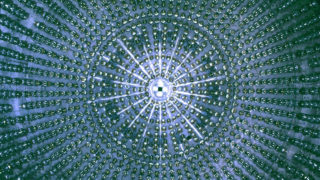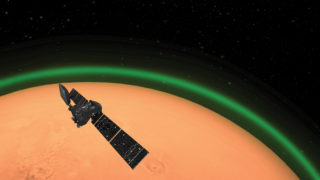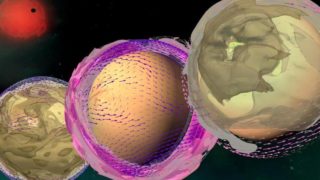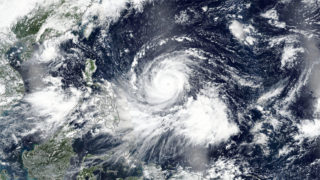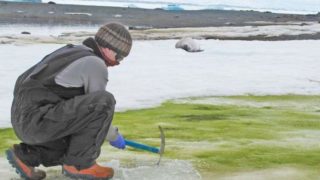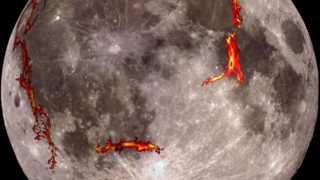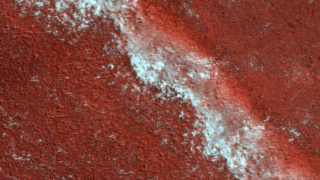
Mi weekly selection #383
Visible light through a soap bubble branches out Physicists have observed branching flow for the first time in visible light created with a laser through a soap bubble. Variations in the thickness of the soap membrane produce different color patterns and deflect the light in such a way to cause the flow of light to […]
